The Supermicro C9Z390-PGW Motherboard Review: The Z390 Board With PLX and 10GbE
by Gavin Bonshor on February 1, 2019 9:00 AM EST- Posted in
- Motherboards
- Intel
- Broadcom
- Supermicro
- ATX
- PLX
- PLX8747
- Supero
- Z390
- C9Z390-PGW
- PEX8747
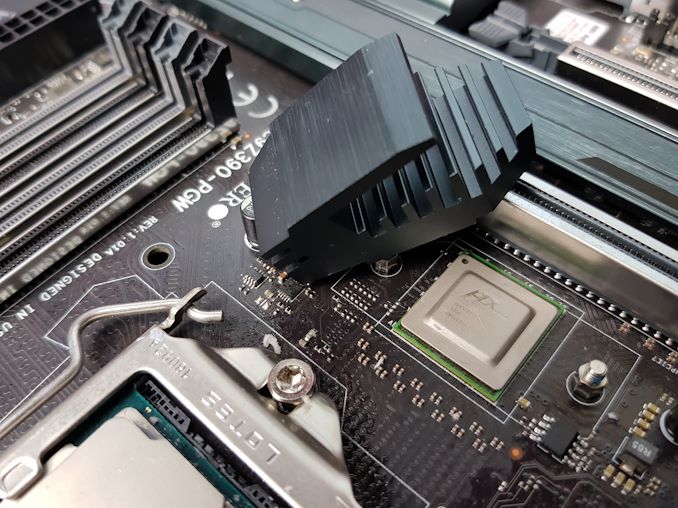
The Supermicro C9Z390-PGW is the top model from its SuperO range and is the only mainstream Z390 motherboard to encompass a Broadcom PEX8747 PLX chip (one workstation focused board has it also). Also featured is a pair of M.2 slots, two U.2 ports, a dual network ports (one 10G), and Wi-Fi support.
The Supermicro C9Z390-PGW Overview
The Supermicro C9Z390-PGW hails from the SuperO series and is aimed at gamers or enthusiasts looking for a fully comprehensive option to create a high-powered desktop system. The C9Z390-PGW is the flagship model from four Z390 models released from Supermicro. The SuperO series of motherboards are aimed towards gamers, while the C9Z390-PGW also bears hallmarks of a workstation design.
The C9Z390-PGW's name seems odd. Supermicro breaks it down as:
- C is for desktop,
- 9 is for Socket R,
- Z390 is the chipset,
- PG is for 'pro gaming' and
- W is for Wi-Fi
Supermicro is one of the only vendors supplying desktop motherboards to follow a strict and seemingly consistent naming structure for its models.
More known for their workstation and server offerings, Supermicro's SuperO line of motherboards attempts to move away into a more gaming theme. The C9Z390-PGW follows an industrious theme with gunmetal grey heatsinks. This look is somewhat militaristic and clean. Around the board is three different areas that feature RGB LEDs and if that's not enough, the C9Z390-PGW also includes a further two 12 V RGB headers.
Its main focal point is centered around the PCIe support. The inclusion of a Broadcom PEX8747 PLX switch doubles the number of PCIe lanes available for additional controllers and PCIe slots, albeit at an additional cost to building the motherboard. Alongside 10-gigabit ethernet support, dual M.2 slots, and dual U.2 slots, the full-length PCIe slots can operate either in x16/x0/x16/x0 or x8/x8/x8/x8. This allows users to run up to four-way SLI, making it one of only two Z390 motherboards to have this feature.
Staying with flagship theme, Supermicro has included dual NIC with both a 10G Aquantia AQC107 controller, and the Intel I219V controller. More of the core features include four memory slots with support for up to DDR4-4000, dual M.2 slots, an Intel-based 802.11ac Wi-Fi adapter, and a total of five USB 3.1 Gen2 ports. The six available SATA ports offer RAID 0, 1, 5 and 10 support.
Supermicro C9Z390-PGW Block Diagram
Supermicro has gone with a 'less is more' on its C9Z390-PGW with a 6+2 phase power delivery. The CPU area is running six Infineon TDA21232 50 A power stages and the SoC uses two Infineon TDA21240 40 A power stages. The controller of choice is the Primarion PXE1610 which makes this board a true 6-phase option. On paper, the C9Z390-PGW power delivery makes it more than capable of handling an overclocked Core i9-9900K processor. A single 8-pin 12 V ATX input is present to provide power to the CPU and a 24-pin 12 V ATX for the rest of the motherboards componentry.
In our testing, the areas where the Supermicro C9Z390-PGW performs strongly include rendering in POV-Ray, encoding in 7-Zip and in our DigiCortex neural network simulation benchmark. Performance in gaming was consistent and no anomolies were found. The aspects where the C9Z390-PGW didn't hit the mark was in our POST time test, where Supermicro boards seem to have a habit of missing the mark here. Other negative results came in our Blender test and in our encoding WinRAR testing; the performance was noticeably worse than the MSI MEG Z390 ACE by three seconds which was also tested on our updated 2019 benchmarking suite.
While overclocking performance using the C9Z390-PGW with our i7-8700K proved fruitful, we did hit some thermal throttling at 5.0 GHz; the throttling was even more extensive at 5.1 GHz. VDroop across the different core clock frequencies and even with the overclocking presets was a little loose and as a consequence, it sprung issues at 5.0 GHz. This pushed the required voltage up on the CPU VCore by 0.025 V more than we usually require for this clockspeed. An example of this is when we set the CPU Vcore set to 1.325 V, it would operate at 1.296 V under full load. The default overclocking profile provided expected performance, but the stable preset did experience thermal throttling with 1.4 V on the VCore. The performance preset which set the core clockspeed to 5.2 GHz at 1.45 V wouldn't even POST into BIOS. Power consumption was pretty efficient throughout testing and although the overall overclocking performance wasn't terrible, more is expected at default from a flagship board with a price tag of $371.
The Supermicro C9Z390-PGW sits atop of the SuperO desktop product stack and it looks to compete with other vendor's top-tier models. Its SuperO range targets gamers and while the PGW is geared up for gaming, it also features elements more widely associated with what professional users and overclockers might be looking for. Supermicro has set a price of $371 for its flagship and with an amalgamation of solid features and industrious aesthetics, it looks to be a highly competitive option for users while being unique. At $371, it is certainly very cheap for a board that has both a PLX switch and 10-gigabit ethernet.
Pages In This Review
- Overview [this page]
- Visual Inspection: Analysis of the Boards Components
- BIOS and Software: Looking at the non-hardware portion
- Board Features and Test Bed: The full specifications, and how we test
- System Performance: Component testing, such as power, boot times, and DPC Latency
- CPU Performance
- Gaming Performance
- Conclusion


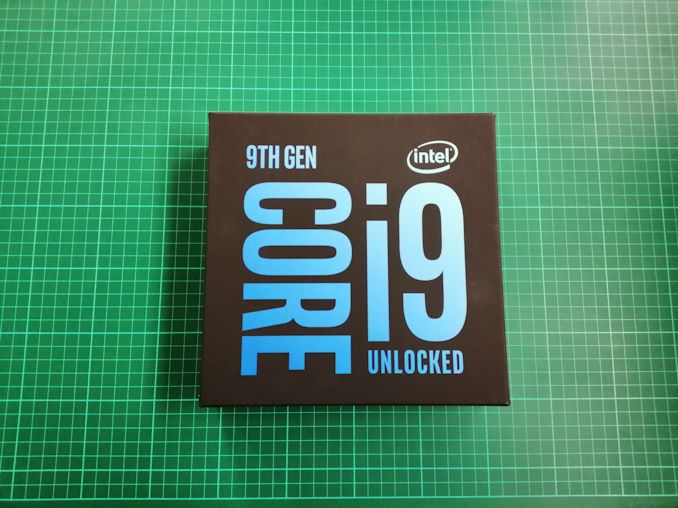
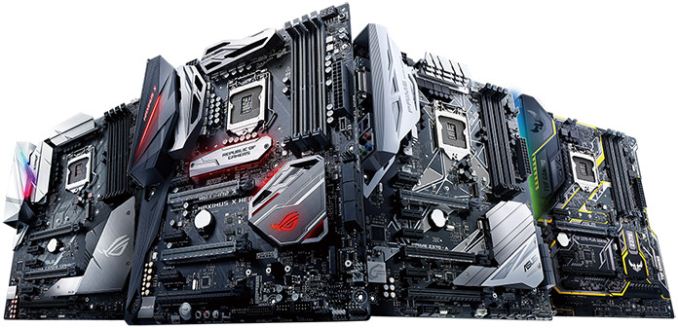
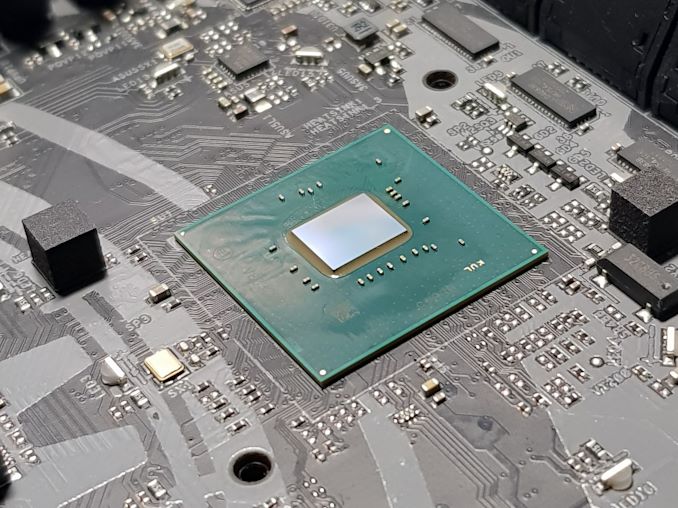

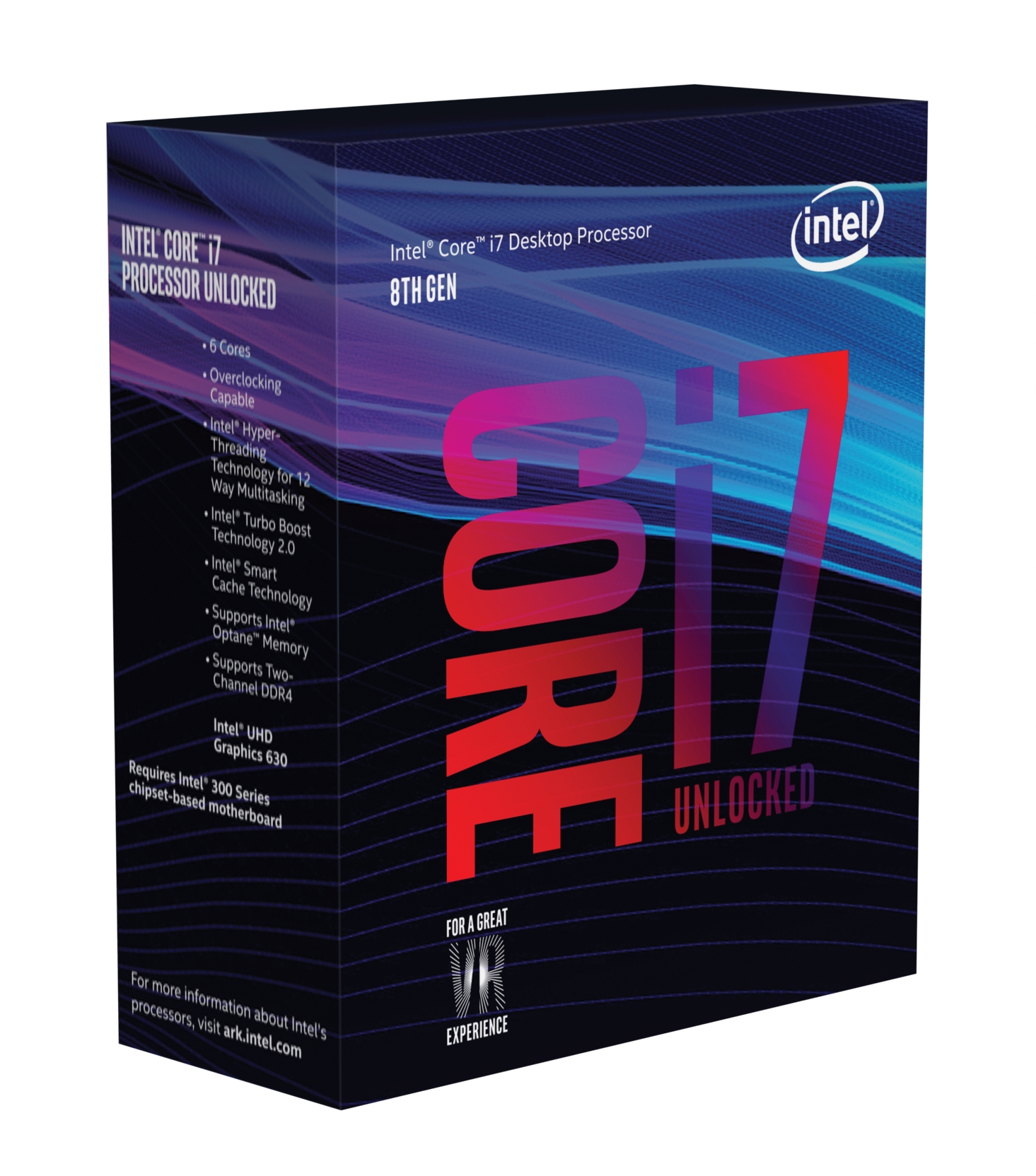
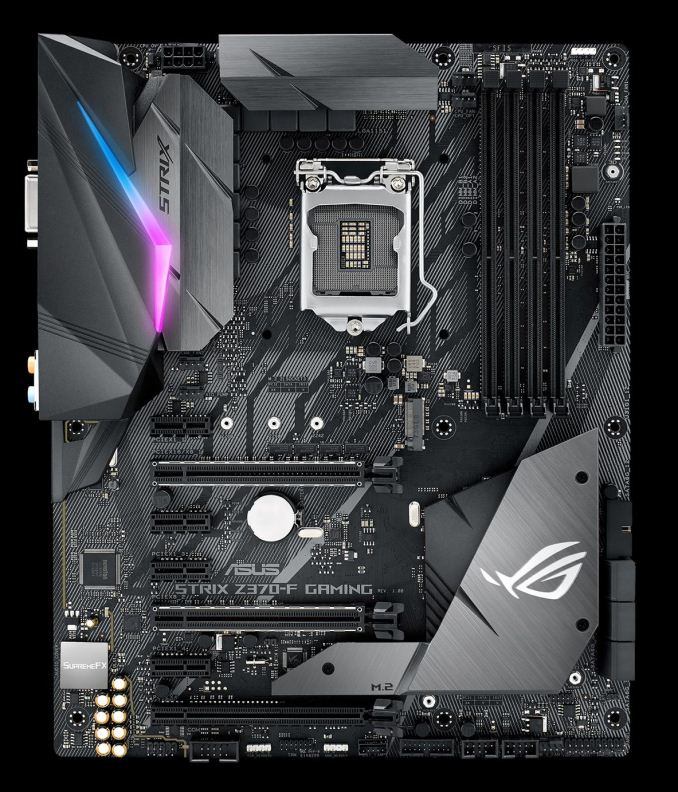
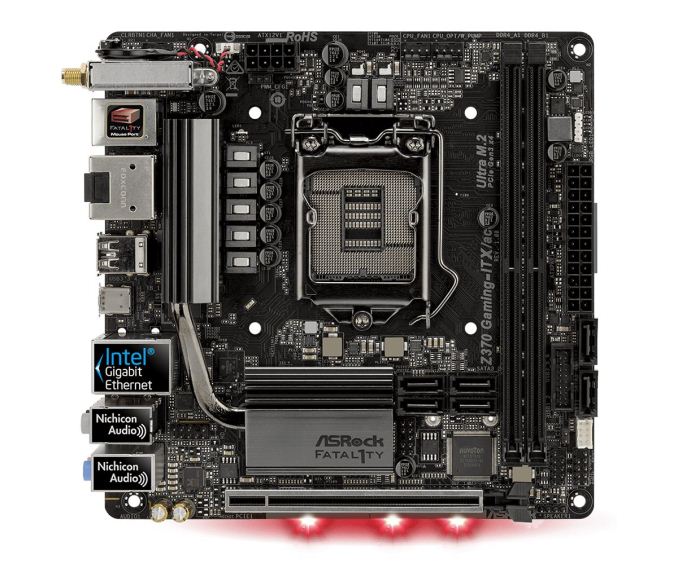
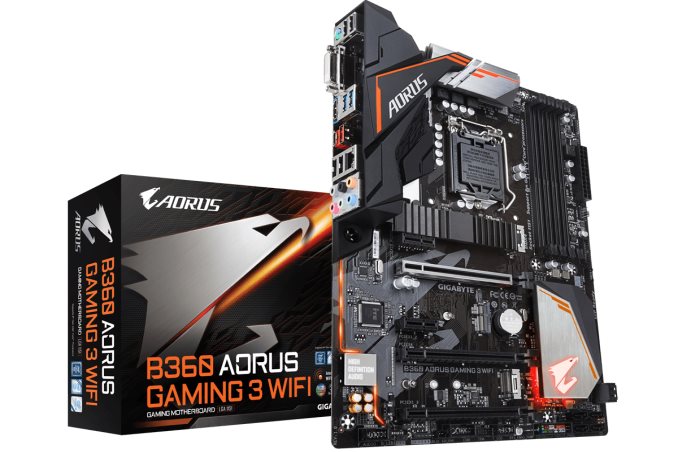

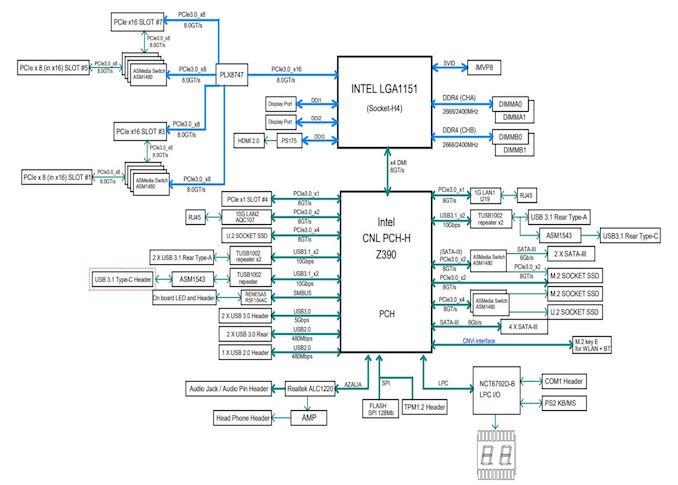
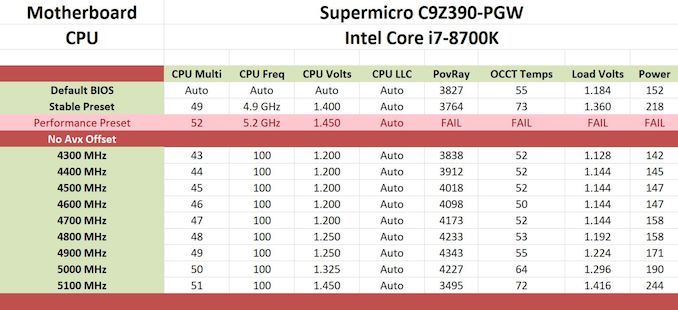








42 Comments
View All Comments
colonelclaw - Wednesday, February 6, 2019 - link
For the last 12 years or so I've been exclusively buying Asus motherboards for desktop machines, and Supermicro motherboards for servers & rendernodes. Very roughly 25 of the former and 30 of the latter. So far I've had zero failures. The older of the Supermicro boards have seen 24/7 use for about 8 years!althaz - Tuesday, February 5, 2019 - link
Their build quality remains excellent. Their efforts in VRMs in recent times (if you're in to heavy overclocking) are a different story though. Gigabyte's range is utterly dominant there at the moment (although their UEFI really sucks in terms of UX).Personally, Asus have usually been the boards I've ended up opting for. Gigabyte's boards are better overclockers and have better power delivery and NOBODY has worse service...but they just nail everything else.
That said, I'm planning on a new build later in the year (hopefully with Zen 2/Ryzen 3000, but let's see how it turns out first) and am currently leaning towards a Gigabyte board.
Questor - Thursday, February 7, 2019 - link
I have been using EVGA motherboards for some time now with excellent results. What can I say? I run away from the crowds.Big problem now is, I want to build a Ryzen system with the upcoming CPUs. I am going to have to return to the mainstream 4. It scares me.
bunnyfubbles - Tuesday, February 5, 2019 - link
Supermicro has been known for server and workstation motherboards, so the idea is that they are obviously going after the common "work hard, play hard" manifesto that has been around for agesCoryS - Friday, February 1, 2019 - link
THis has everything I would ever want in a board. I even like the styling (after that dumb tag lien is covered up by components). Except it doesn't have Thunderbolt 3. Why is this so hard to find in a desktop system? Surely they could had dropped some USB 3.1 ports for at least one?GreenReaper - Friday, February 1, 2019 - link
Licensing it probably comes with a covenant not to sue Intel.Freeb!rd - Friday, February 1, 2019 - link
Actually, Intel dropped licensing on Thunder turd 3... probably because no one would pay for it... and they didn't want the turd to shrivel up and die, yet.GreenReaper - Sunday, February 3, 2019 - link
No, they stopped *charging* for it, per-item. It's royalty-free and non-exclusive but still licensed.We don't know the exact terms under which that license is granted, but I wouldn't be surprised if certification was required and that the license might be revoked if action was taken against Intel.
One interesting fact from https://thunderbolttechnology.net/tech/certificati... - "Peripheral devices are certified to be compatible with specific operating systems and *the devices are not end user upgradeable* for additional operating system compatibility." Not sure if this is just Intel covering their ass for incompatibility or an actual restriction on licensees providing user-upgradability.
Tecnoc - Friday, February 1, 2019 - link
As far as I know while the PLX chip allows for x8/x8/x8/x8 SLI is not supported. Does SLI have to be officially supported to work?blppt - Friday, February 1, 2019 - link
The truly bizarre thing about this motherboard's existance is that SLI and CF are seeing little support in new titles lately, and last I checked you have to get hacked nvidia drivers to support more than 2 cards in SLI for the 10+ series anyways.Might have been useful 5-10 years ago when AFR mGPU support didn't stink so much.